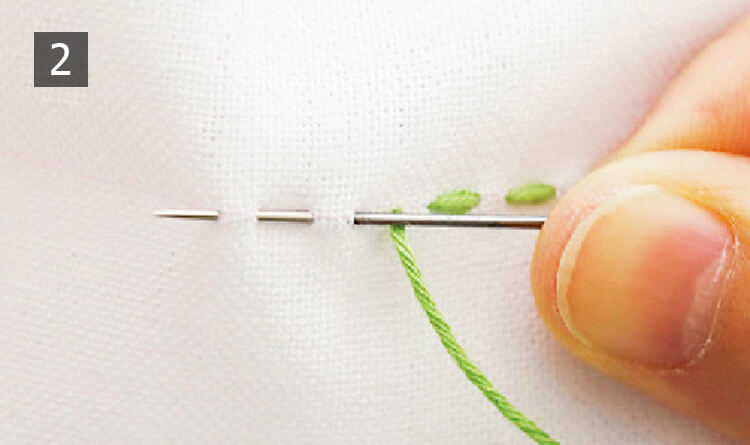It is not necessary to cut clothes into shreds to make them fashionable and attractive. Trends quickly fade away, but handicrafts always remain at their best. Craftswomen today suggest using Japanese Sashiko embroidery for updating. This is a simple technique that can be done even by a beginner who has recently bought a needle and thread.

Features of embroidery
The basis of the style is considered even stitches with the needle forward, which are performed at the same distance. White threads on blue fabric are most often used. The result is unusual patterns that serve as an original decoration for the item.
Today, the use of colored threads on natural fabrics is becoming increasingly popular. Sashiko is used not only as decoration, but also for restoration of wardrobe items.
The history of technology goes back more than five centuries. The origin has long been forgotten; embroidery is found in different parts of the country, so it is difficult to determine exactly where such needlework originated.

What will you need?
First of all, you need fabric. Experts use cotton fabric with little tension, dense and durable. Craftswomen use hemp cotton, silk or wool fibers as a basis.
For beginners, we recommend taking coarser fabrics to make the work easier.
The tools used are:
- a long needle with a large eye;
- fabric scissors;
- a ruler for creating a drawing on fabric;
- a compass to draw perfect curved lines;
- water-soluble marker if the sketch is applied directly to the fabric;
Important point: the needle should be straight and the embroidery thread should be smooth.
Graphic diagrams are easy to apply to the material; you just need to be patient, as the process is painstaking and requires attention.

Sashiko embroidery: the basics of craftsmanship
When sewing straight lines, grab as much fabric as possible and then smooth the stitches. This way they will turn out smooth and beautiful. If you need to make a curved arc, pull the thread every 2-3 stitches. This will help you not to lose sight of the details of the drawing.
Try to fasten without knots. Pull two stitches back and start a new stitch. However, if necessary, tie knots on the wrong side of the product so as not to spoil the appearance of the item.

@handmade-milota.com
If the stitches converge at one point when creating a design, make sure that the geometry is not broken. Do not cross stitches: this will deteriorate the quality of the embroidery. Make sure that the proportions are maintained so that the fabric does not tighten and the needle passes smoothly without pulling on the fabric.
Otherwise, the embroidery procedure is very exciting and suitable for craftswomen of any skill level.

@Helicopter retired


 0
0





